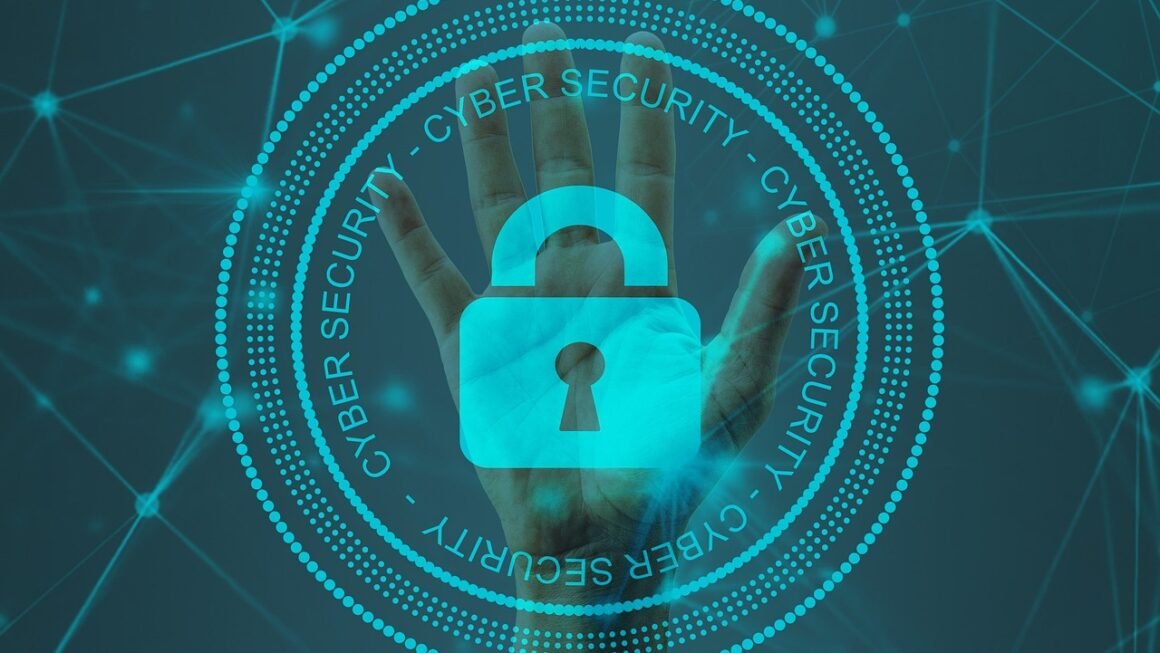Crafting a robust cybersecurity posture is no longer optional; it’s a necessity. In today’s digital landscape, organizations face an ever-increasing barrage of sophisticated cyber threats. A well-defined cybersecurity policy acts as the cornerstone of defense, guiding employees, protecting valuable assets, and ensuring business continuity. Let’s delve into the intricacies of cybersecurity policies and how they can fortify your organization against evolving cyber risks.
Understanding the Importance of a Cybersecurity Policy
What is a Cybersecurity Policy?
A cybersecurity policy is a comprehensive set of rules, practices, and guidelines designed to protect an organization’s digital assets and information from unauthorized access, use, disclosure, disruption, modification, or destruction. It outlines the roles and responsibilities of employees, defines acceptable use of technology, and details security measures to be implemented.
Why is a Cybersecurity Policy Crucial?
A robust cybersecurity policy offers numerous benefits:
- Risk Mitigation: It helps identify, assess, and mitigate cybersecurity risks proactively.
- Data Protection: It safeguards sensitive data from breaches and leaks, ensuring compliance with regulations like GDPR and HIPAA.
- Business Continuity: It ensures that critical business operations can continue in the event of a cyberattack.
- Regulatory Compliance: It helps organizations meet legal and regulatory requirements related to data security and privacy.
- Reputation Management: It protects the organization’s reputation and customer trust by preventing data breaches and security incidents.
- Cost Reduction: Proactive security measures can prevent costly data breaches and recovery efforts. IBM’s 2023 Cost of a Data Breach Report estimates the global average cost of a data breach at $4.45 million.
Practical Example
Imagine a hospital without a cybersecurity policy. An employee clicks on a phishing email, allowing ransomware to encrypt patient records. Without a policy outlining data backup and recovery procedures, the hospital may be forced to pay a ransom or face permanent data loss, impacting patient care and violating HIPAA regulations. A well-defined policy, including employee training and regular data backups, could have prevented this disaster.
Key Components of a Cybersecurity Policy
Acceptable Use Policy
The acceptable use policy defines how employees can use company-owned devices, networks, and data. It should cover:
- Permitted and Prohibited Activities: Specifying allowed and disallowed actions, such as accessing certain websites, downloading software, or sharing sensitive information.
- Use of Personal Devices (BYOD): Outlining security requirements for employees who use their own devices for work, including mandatory password protection, anti-malware software, and mobile device management (MDM).
- Social Media Guidelines: Providing guidance on responsible social media usage to prevent the accidental disclosure of confidential information or damage to the company’s reputation.
Data Security and Privacy Policy
This policy addresses the protection of sensitive data, including:
- Data Classification: Categorizing data based on its sensitivity (e.g., confidential, internal, public) and applying appropriate security controls.
- Access Control: Implementing the principle of least privilege, granting users only the access they need to perform their job duties.
- Data Encryption: Encrypting data at rest and in transit to protect it from unauthorized access. This includes encrypting hard drives, databases, and network communications.
- Data Loss Prevention (DLP): Employing DLP tools to monitor and prevent sensitive data from leaving the organization’s control.
Incident Response Plan
The incident response plan outlines the steps to be taken in the event of a cybersecurity incident, including:
- Detection and Reporting: Establishing procedures for detecting and reporting security incidents, such as malware infections, phishing attacks, or data breaches.
- Containment and Eradication: Describing the steps to contain the incident, prevent further damage, and eradicate the threat. This may involve isolating infected systems, disconnecting them from the network, and removing malware.
- Recovery: Outlining the process for restoring systems and data to their normal state after an incident. This includes restoring from backups and verifying data integrity.
- Post-Incident Analysis: Conducting a thorough analysis of the incident to identify the root cause, assess the damage, and improve security measures.
Password Policy
A strong password policy is essential for protecting user accounts from unauthorized access. Key elements include:
- Password Complexity Requirements: Specifying minimum password length, requiring a mix of uppercase and lowercase letters, numbers, and special characters.
- Password Expiration: Setting a regular password expiration schedule (e.g., every 90 days) to force users to change their passwords periodically.
- Password Reuse Prevention: Prohibiting users from reusing previous passwords.
- Multi-Factor Authentication (MFA): Implementing MFA to add an extra layer of security to user accounts, requiring users to provide two or more forms of authentication (e.g., password and a code from a mobile app).
Vulnerability Management Policy
This policy focuses on identifying and mitigating vulnerabilities in systems and applications:
- Regular Vulnerability Scanning: Conducting regular vulnerability scans to identify potential weaknesses in systems and applications.
- Patch Management: Implementing a patch management process to promptly apply security patches to address identified vulnerabilities. This should include a schedule for patching critical systems and applications.
- Penetration Testing: Conducting regular penetration tests to simulate real-world attacks and identify vulnerabilities that may not be detected by automated scans.
Implementing and Maintaining Your Cybersecurity Policy
Employee Training and Awareness
A cybersecurity policy is only effective if employees understand and follow it. Comprehensive training and awareness programs are crucial:
- Regular Training Sessions: Conducting regular training sessions on cybersecurity best practices, including phishing awareness, password security, and data protection.
- Simulated Phishing Attacks: Conducting simulated phishing attacks to test employees’ ability to identify and report phishing emails.
- Policy Reinforcement: Regularly reinforcing the cybersecurity policy through newsletters, posters, and other communication channels.
Regular Policy Review and Updates
Cybersecurity threats are constantly evolving, so it’s essential to review and update your cybersecurity policy regularly:
- Annual Review: Conducting an annual review of the cybersecurity policy to ensure that it remains relevant and effective.
- Update Based on New Threats: Updating the policy to address new threats and vulnerabilities as they emerge.
- Compliance with New Regulations: Ensuring that the policy complies with any new or updated legal and regulatory requirements.
Enforcement and Accountability
A cybersecurity policy must be enforced to be effective. This includes:
- Monitoring Compliance: Monitoring employee compliance with the cybersecurity policy through regular audits and assessments.
- Disciplinary Actions: Implementing disciplinary actions for employees who violate the cybersecurity policy. This should be clearly outlined in the policy itself.
- Regular Audits: Conducting regular internal and external audits to assess the effectiveness of the cybersecurity policy and identify areas for improvement.
Conclusion
Creating and implementing a comprehensive cybersecurity policy is a critical investment in the long-term security and success of your organization. By understanding the key components of a policy, providing ongoing employee training, and regularly reviewing and updating your policy, you can significantly reduce your risk of cyberattacks and protect your valuable assets. Don’t wait for a security breach to happen; take proactive steps today to build a robust cybersecurity posture.



